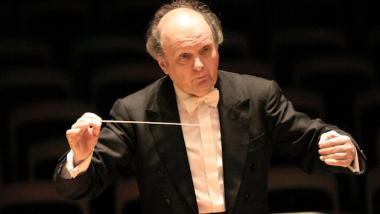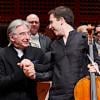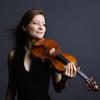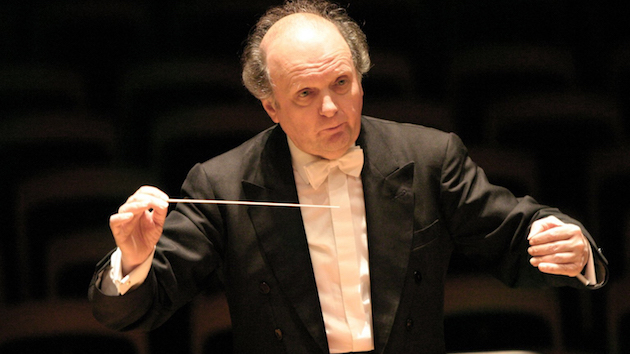
What’s-the-greatest discussions are futile, pointless, and irresistible. We know comparisons are specious and invidious, but we can’t help ourselves. We want to defend our favorites, valorize them against all comers, even those we esteem almost as highly. We want to be right about something about which there is no absolute right.
Listening to the San Francisco Symphony perform the last movement of Mozart’s last symphony on Thursday afternoon, Oct. 3 at Davies Hall, I stubbornly knew I was right: This is the single greatest movement of any symphony. It matters, of course, that a great orchestra was playing the composer’s Symphony No. 41, “Jupiter.” Under guest conductor Marek Janowski’s decisive but supple hand, the values of the work’s climax came pouring forth in a stream of potent and lucid invention.
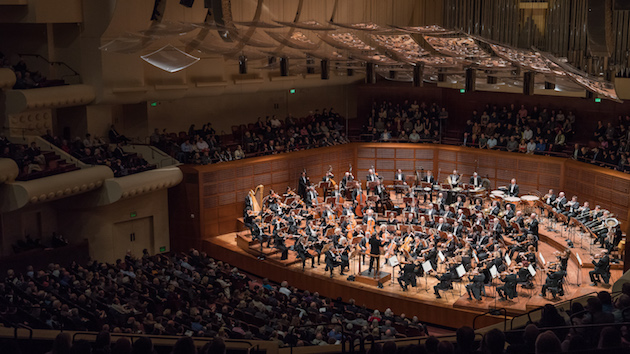
From its taut, lean opening to the whirling counterpoint of the coda, everything unfolded with sense of startling inevitability. One of the marvels of the movement, marked Molto allegro, is how daring it seems on every encounter, how unlikely it is that all the flashing balls of melody, harmony, tempo, key changes, dynamic shifts and orchestral transparency will land so certainly at the end. Being right, finally, doesn’t matter. Being moved does, being caught up, seized by the marvel of the musical universe that Mozart compresses into a span of less than ten minutes.
The strings played with urgency and grace, with especially high marks to the ardent articulation of the cellos. Everyone else was on board — the bassoons and horns, the crisp, driving precision of the timpani (Edward Stephan).
The added surprise of it all was that the first three movements of the Jupiter hadn’t prepared the ground for what was to come. Janowski, who favored brisk tempos most of the afternoon, gave the opening movement a clear and balanced reading that favored forward momentum over interpretive depth and drama. He elicited a delicate but pleasingly rounded tone in the Andante, again without much introspection. A mild-mannered Menuetto followed. And then came that torrid, brilliantly marshaled final movement.
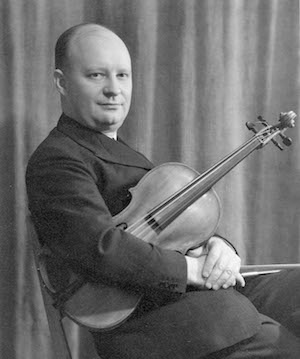
The concert began with an absorbing account of Hindemith’s Concert Music for String and Brass, Op. 50. With the woodwinds sidelined, the gleaming dark sonorities of full-throated strings merged handsomely with the brass fanfares, hunting calls, and choirs. It all felt very masculine, muscular, and sleek.
In two contrasting movements, Hindemith covers a lot of territory. The broad-beamed first movement recalls the melodic sweep and sturdy stature of the composer’s Mathis der Maler symphony. The second movement opens and closes with a skittering fugue, which migrates from the violins downward first, then reverses the pattern by rising from the basses and cellos at the end.
The orchestra dug into it all with conviction and a ravishing tone. The brasses sounded wonderfully burnished in the ensemble passages, with plenty of keenly voiced solos along the way. The strings handled the rapidly figured fugue adroitly, letting it fade away into a mordant middle section of the movement and then furtively reasserting it later on.
Mendelssohn’s familiar Violin Concerto occupied the middle panel of the program, with 16-year-old Maria Dueñas as soloist. Looking like a delicate young bride in her floor-length white gown, this formidable prodigy dispensed with any expectations of a demure recitation of her part. From the get-go she went at the piece with a big, fearless, almost relentless fervor, backed by dazzling technique. Dueñas dug into every phrase with an incisive determination. She didn’t hesitate to let her vibrato ripen into an almost weepy, nasal aspect. She gave every run a keen-edged precision. The first-movement cadenza featured decisive double stops and full-on attacks.

Janowski, whose fleet tempos felt close to rushed at times, proceeded with barely a pause. The slow movement felt like a slightly vacant bridge. The opening figure of the finale lacked a frolicsome litheness, as if all the air had been squeezed out of it. That set the tone for an impressive if slightly exhausting race to the finish.
This was a performance to admire if not warm up to. At 16 Dueñas has many decades ahead to rely on her technique a little less and find what more she has to say.

